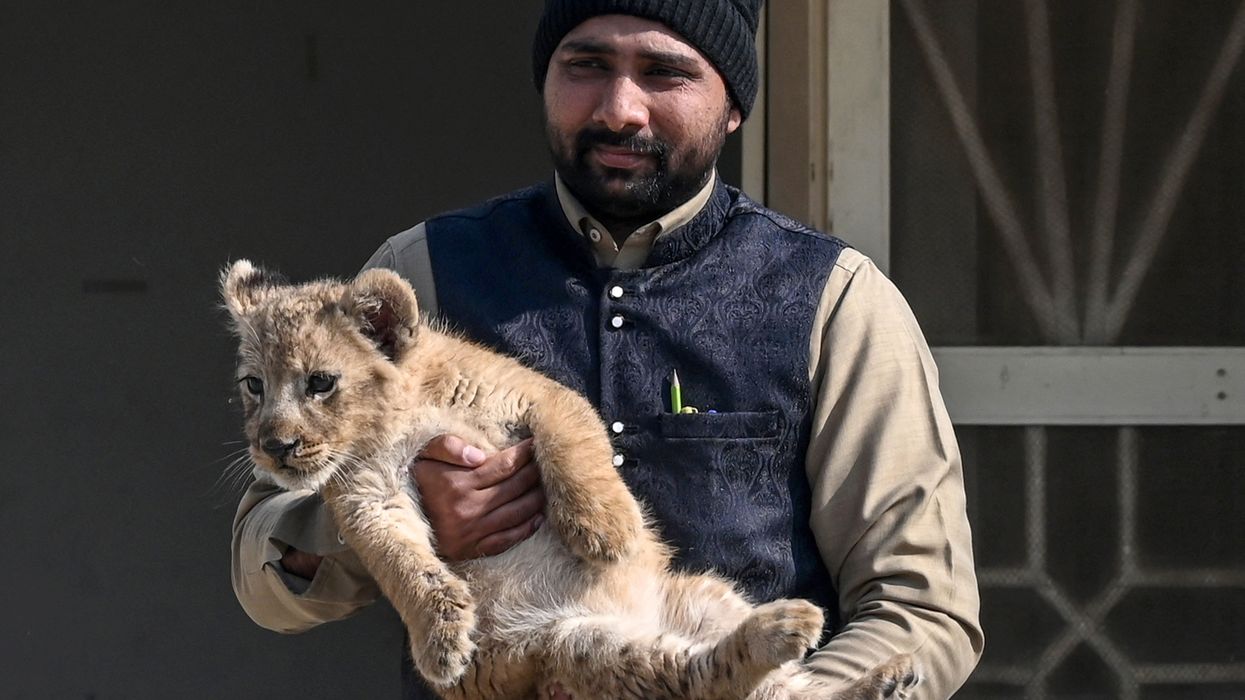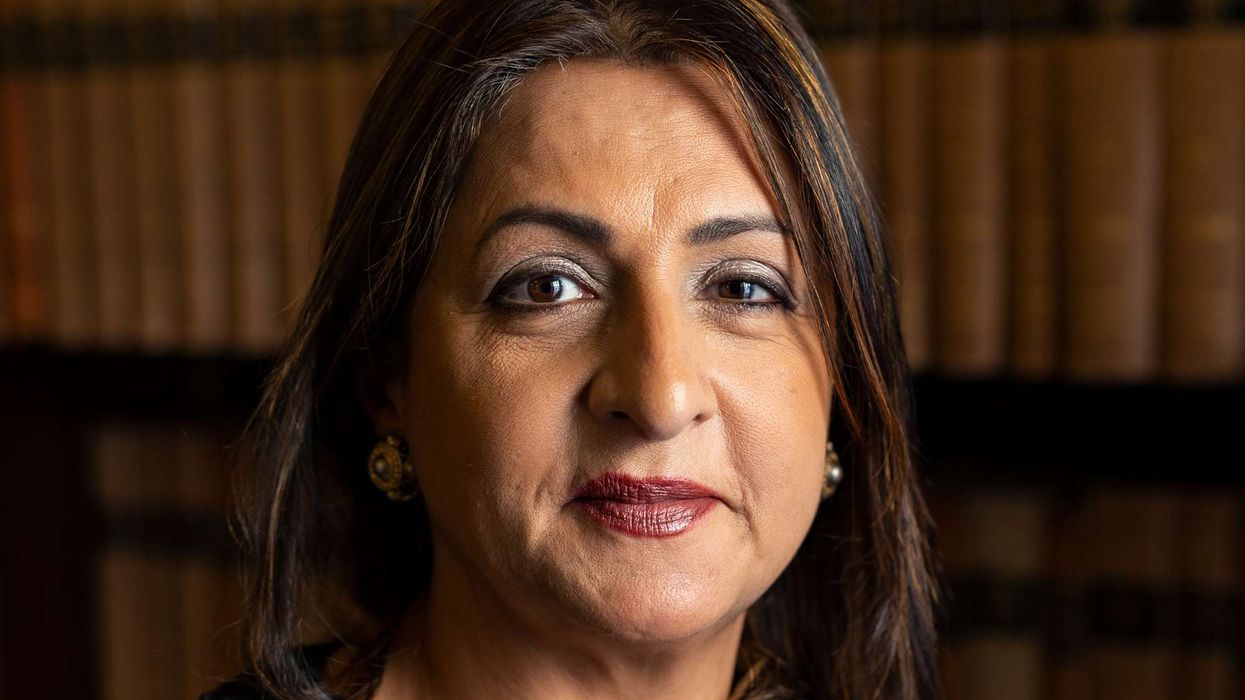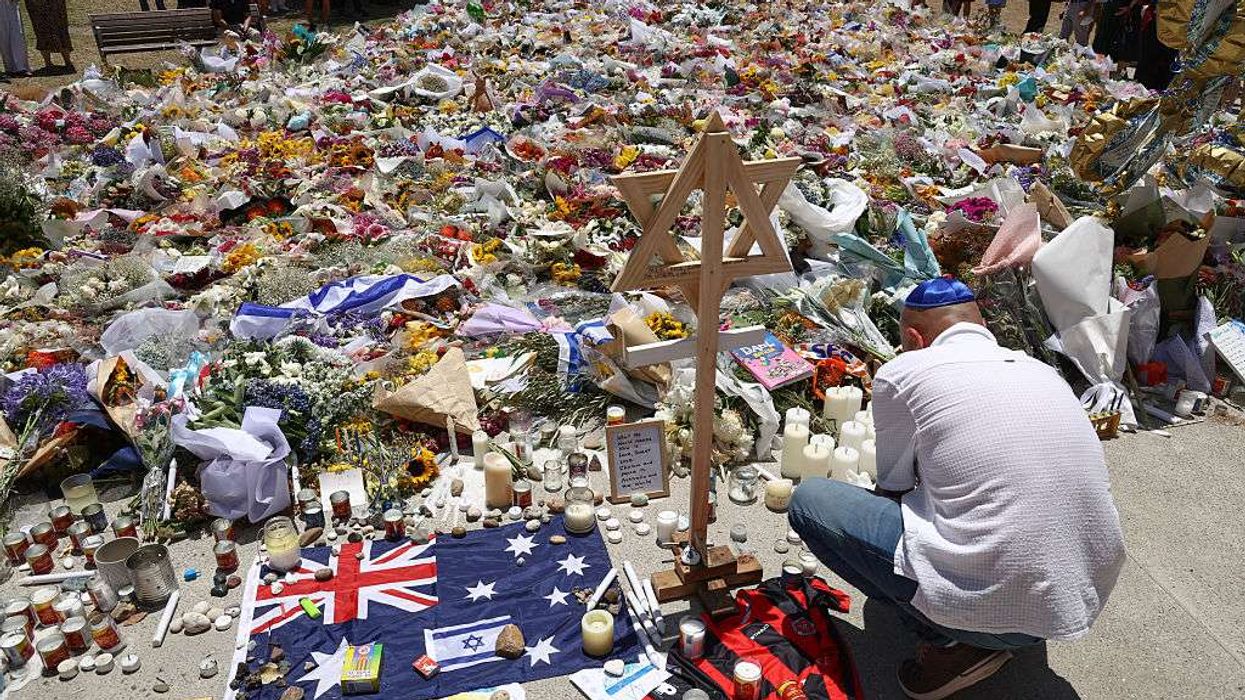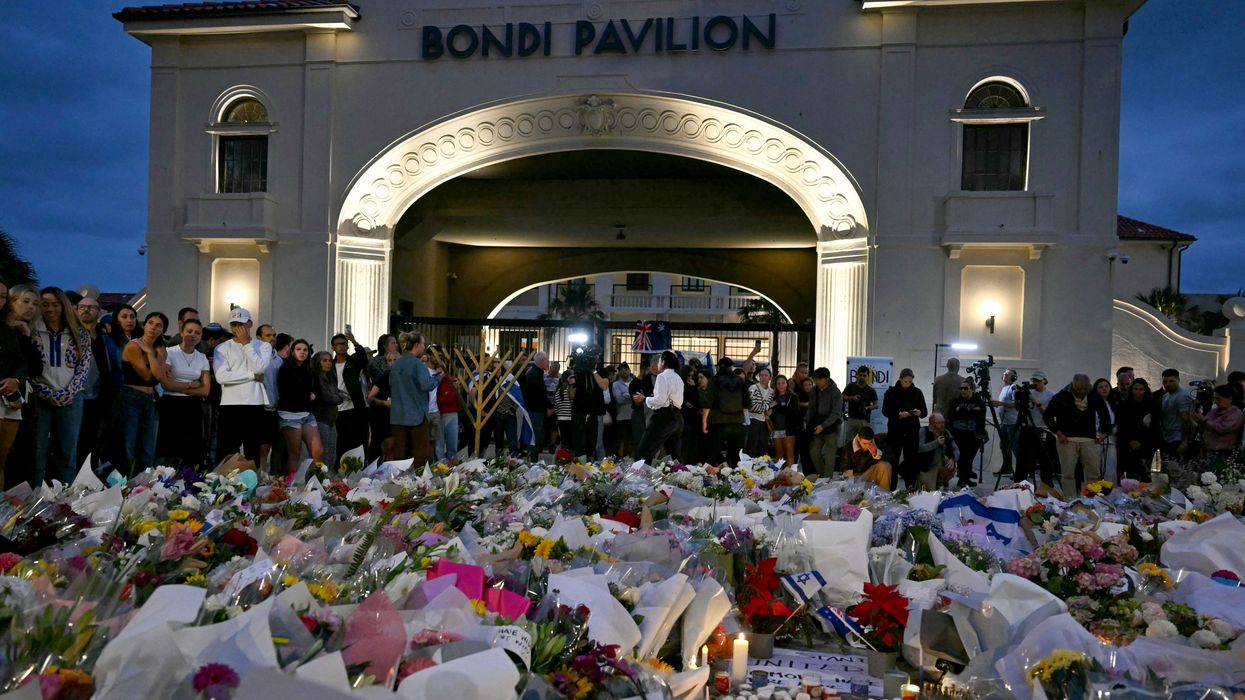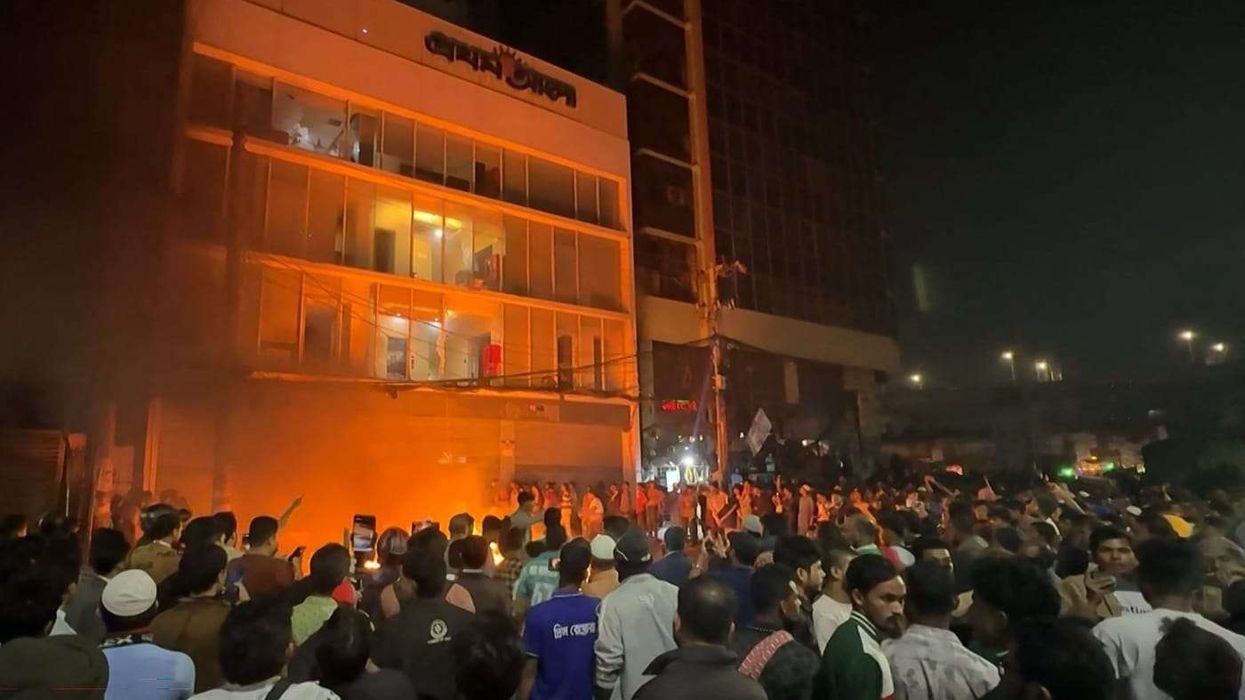A PAKISTANI YouTube star who was gifted a lion cub on his wedding day avoided jail after promising a judge to upload animal rights videos for a year.
Rajab Butt has one of the largest online followings in south Asia, and his week-long nuptials in December were plastered over celebrity gossip websites.
A sleepy lion cub, resembling young Simba from the 2019 Lion King film, was presented to him in a gold chained cage in front of thousands of guests who partied late into the night in Lahore, and pictures spread rapidly online.
Butt captioned a video of the event “it’s raining gifts”, racking up nearly 10 million views. The morning after, police raided his house, confiscated the cub and kept the newly-wed in custody overnight.
“We found out about the lion cub through social media,” said Faisal Mushtaq, an inspector from the Punjab provincial wildlife department.
Police officers went to Butt’s house and found the lion cub roaming around the garage, he said. “It was in a poor condition, as it was very cold,” said Mushtaq.
Last week, Butt pleaded guilty to owning an undocumented wild animal, but the judge waived a possible fine and prison sentence of up to two years for a more tailored punishment.
Rajab’s Family
Every month for one year, he must post a five-minute video dedicated to animal rights, said the order by judge Hamid Ul Rahman Nasir.
The social media influencer agreed to the conditions, after admitting in a court statement that he “set a poor example” by accepting the gift and going on to “glorify it”.
Butt is one of the country’s highest-paid YouTube stars, according to the platform, and usually posts videos about his family’s daily life, from arguments to new car purchases.
Tanvir Janjua, a veteran wildlife official in Punjab, said the cub was likely bought for between 700,000 and 800,000 Pakistani rupees (£2,002-£2,323.07).
“It is so wrong, morally and legally, to take away such a small cub from its mother,” which was likely still feeding it, he said.
A week after the YouTuber was arrested, an adult lion escaped from his cage, running through the narrow streets of a Lahore neighbourhood as residents clambered to their rooftops.
The full-grown adult male was eventually shot dead by a security guard, prompting heated outrage on social media about the dangers of keeping a big cat in a residential area.
Big cats are imported and bred across Pakistan, seen as symbols of wealth and power to the elite that own them.
Last year, Pakistan Muslim League-Nawaz, which rules the government, banned supporters from bringing lions – the symbol of the party - to political rallies.
However, stringent new regulations banning private ownership of big cats in residential areas are currently making their way through Punjab’s provincial government.
Breeders would have to buy a licence and have at least 10 acres (four hectares) of land on a site approved by wildlife officials.
The gifted lion cub, which hasn’t been named, is now enjoying the winter sun in an open pen at Lahore’s sprawling Safari Zoo on the edge of the city, under the watchful eye of a handler.
Janjua, also the zoo’s deputy director, has conducted hundreds of raids against owners, breeders and poachers over the past 33 years to confiscate wild animals, including lions which often had their teeth and claws removed.
“Look at these YouTubers who use these animals to get clicks. What kind of a message are they spreading by being cruel to these animals?” he said, scornful of those who parade them in their cars and at political rallies.
“They can never be your pet. For two or three months it won’t say anything but after that, it will turn aggressive.”
